HMS Glowworm (H92) vs Admiral Hipper: A Daring Battle in the North Sea
The HMS Glowworm (H92) may have been lost early in the Second World War, but that doesn’t mean the British destroyer didn’t play an important role in the conflict. Going head-to-head with the much-larger Kriegsmarine heavy cruiser Admiral Hipper, she and her over 100-man crew fought a brilliant last stand that saw the enemy vessel suffer significant damage off Norway’s coast.
HMS Glowworm (H92) specs.
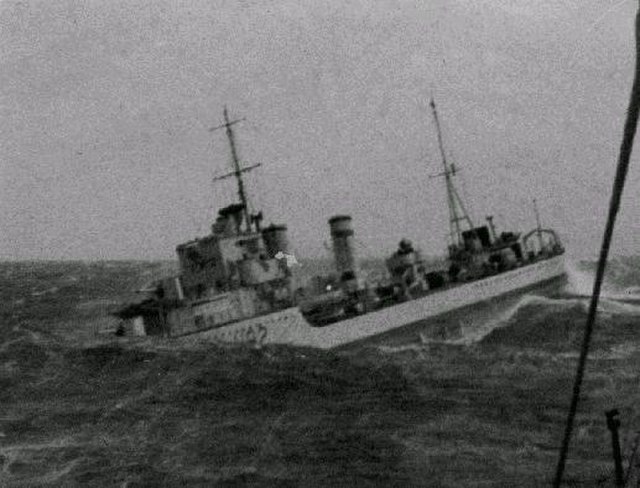
A G-class destroyer, the British Royal Navy’s HMS Glowworm was a vessel that prioritized speed and agility. Launched in 1935, she measured 323 feet in length and was powered by Parsons geared steam turbines and three Admiralty three-drum boilers, allowing her to reach speeds of up to 36 knots while deployed at sea. Glowworm‘s range was an impressive 5,530 nautical miles when traveling at 15 knots.
Given Glowworm‘s design emphasized speed, she was covered in minimal armor. The destroyer was armed with four 4.7-inch Mark IX guns, two quadruple .5-inch machine guns and two quintuple 21-inch torpedo tubes. She also had a depth charge rail and two throwers, which, while initially stocked with 20 charges, later carried 35.
To ensure Glowworm‘s operations were performed smoothly, she was assigned a complement of 137 officers and men in peacetime, with that number increasing to 146 during times of war.
Early service with the British Royal Navy
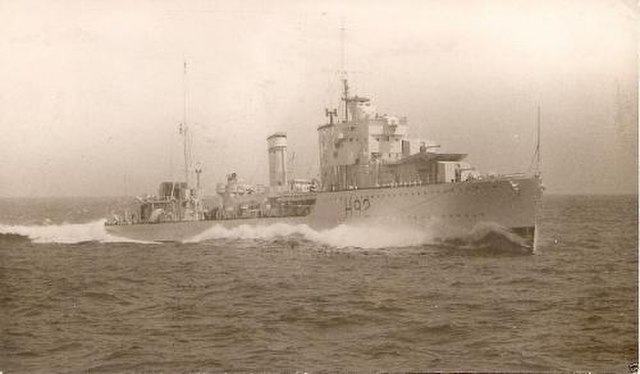
Upon her commissioning in January 1936, HMS Glowworm joined the Mediterranean Fleet’s 1st Destroyer Flotilla. Her early service included escort duties for King Edward VIII‘s yacht Nahlin during a Mediterranean cruise.
When the Spanish Civil War broke out, the destroyer helped enforce the arms blockade that had been imposed by Britain and France. She patrolled Spanish waters, ensuring compliance of the directives laid out by the Non-Intervention Committee.
Following a refit in Portsmouth, Glowworm returned to the Mediterranean, where she continued her patrol duties. During the Munich Crisis, she escorted the ocean liner SS Strathnaver between Malta and Alexandria, Greece, with another task involving her protecting the light cruiser Arethusa (26) during her trip to Aden.
Outbreak of World War II
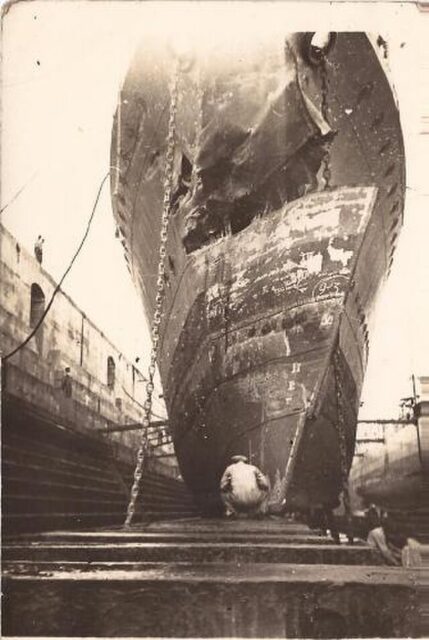
Upon the outbreak of World War II in September 1939, HMS Glowworm was in Alexandria. She and the 1st Destroyer Flotilla were transferred to the Western Approaches Command and charged with convoy escort duties and anti-submarine patrols.
Glowworm‘s deployment to the North Sea in late 1939 marked the beginning of her active wartime service. Following a brief transfer to the 2nd Destroyer Flotilla, during which she accidentally collided with a Swedish ship in heavy fog, the destroyer returned to the 1st Destroyer Flotilla, now with the Home Fleet, at Scapa Flow.
In 1940, Glowworm was part of the four-ship escort for HMS Renown (1916) during Operation Wilfred, a minelaying mission off the coast of Norway. She became detached from the group after a member of her crew went overboard, and when she tried to reconnect with the vessels, she found she’d lost all contact. Alone in the rough waters of the North Sea, the destroyer would soon come face-to-face with enemy vessels.
HMS Glowworm (H92) vs Admiral Hipper
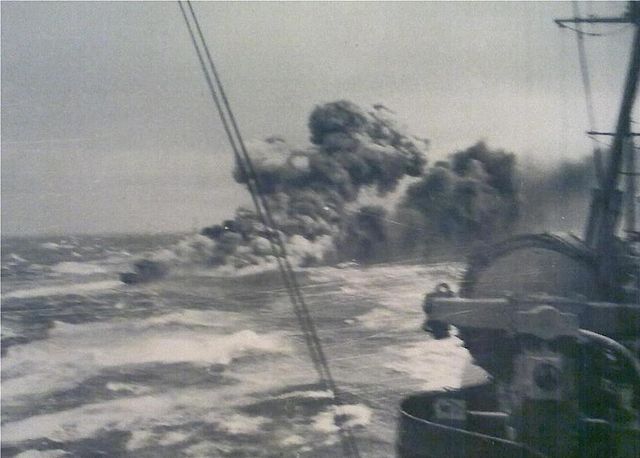
On April 8, 1940, HMS Glowworm encountered two German destroyers, which were part of the force led by Admiral Hipper. The British ship engaged the pair, striking one of the vessels and forcing them to call in reinforcements.
The heavy cruiser’s arrival escalated the encounter. Glowworm was struck by an eight-inch shell, leading her captain, Lt. Cmdr. Gerard Broadmead Roope, to order a torpedo attack, under the cover of a smoke screen, against Admiral Hipper. All 10 missed their target, with the Kriegsmarine vessel continuing its barrage of gunfire against the British ship.
In a final act of defiance, Roope ordered the heavily-damaged Glowworm to ram into Admiral Hipper, causing major damage to the enemy cruiser’s starboard flank and leading her to list. However, this proved to be the final nail in the coffin for the destroyer, which sank shortly after.
The majority of Glowworm‘s crew perished as a result of the engagement, including Roope, who, instead of focusing on his own safety, did what he could to ensure his men had life jackets. Between 30 and 40 survivors were picked up by Admiral Hipper.
Commemorating a wartime sacrifice
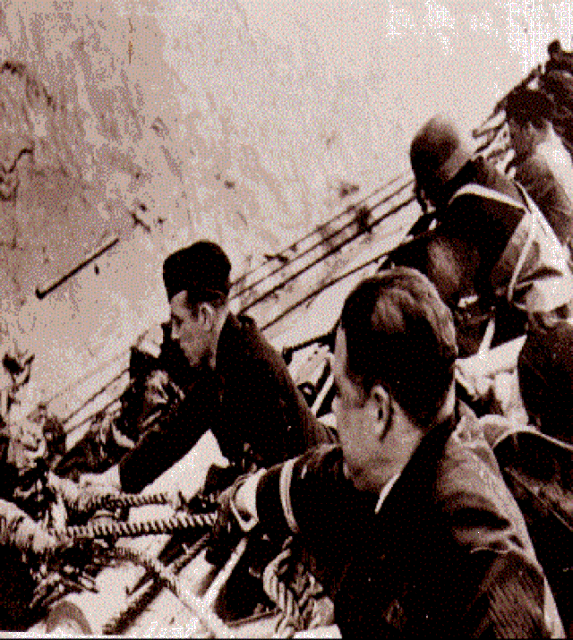
The bravery and sacrifice of HMS Glowworm‘s crew have been commemorated in several ways. Memorials and commemorations honor her place in Royal Navy history, and her story is taught to new generations of sailors.
Following the encounter, Capt. Hellmuth Heye, Admiral Hipper‘s commander, wrote a letter to the British military, advocating for Gerard Broadmead Roope to be posthumously awarded the Victoria Cross – the lieutenant commander’s actions had greatly impressed him.
More from us: The US Military Once Built a Japanese Warship in the Middle of the California Desert
Are you a fan of all things ships and submarines? If so, subscribe to our Daily Warships newsletter!
Roope’s widow was presented the honor on his behalf, with his Victoria Cross being the first awarded in World War II.
The post HMS Glowworm (H92) vs Admiral Hipper: A Daring Battle in the North Sea appeared first on warhistoryonline.
HMS Glowworm (H92) vs Admiral Hipper: A Daring Battle in the North Sea
Philippines Truth
Post a Comment
0 Comments